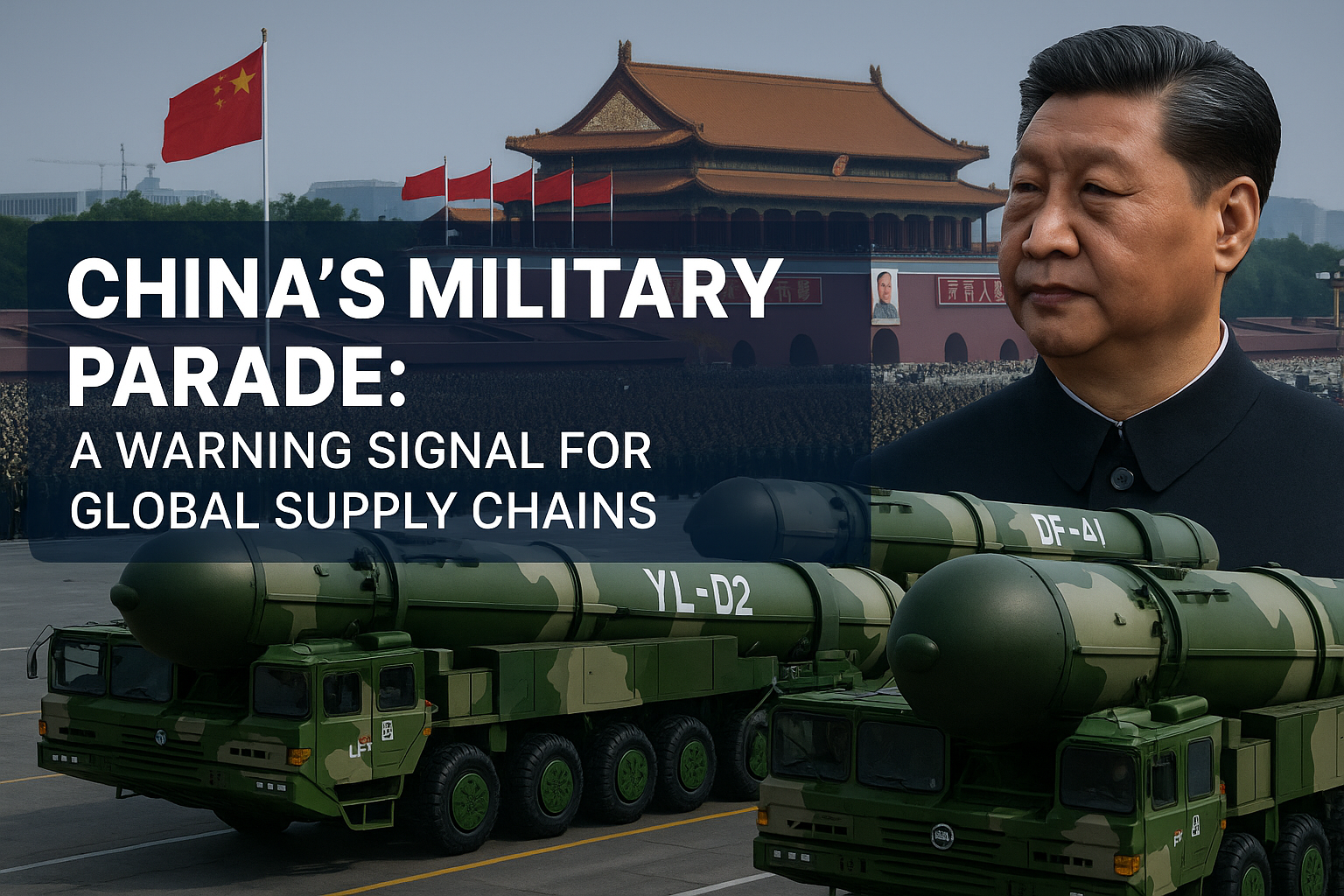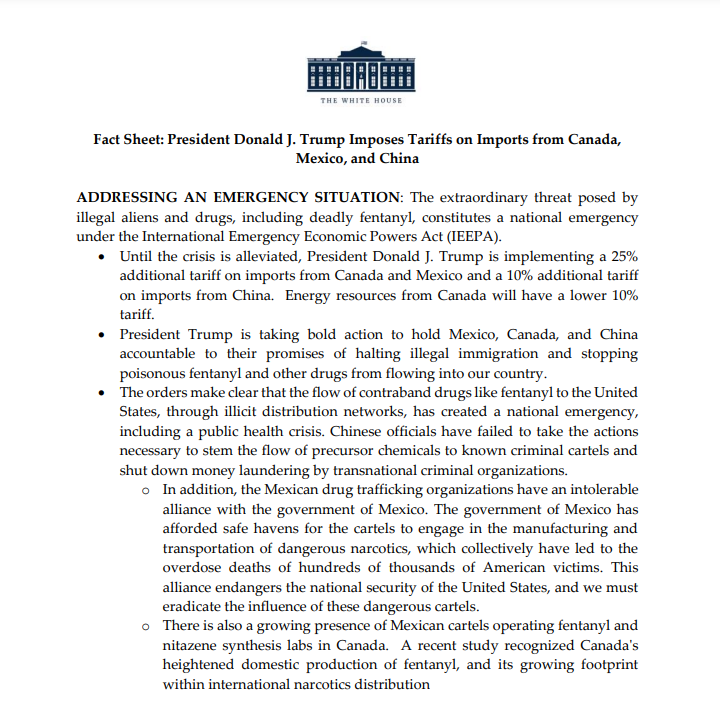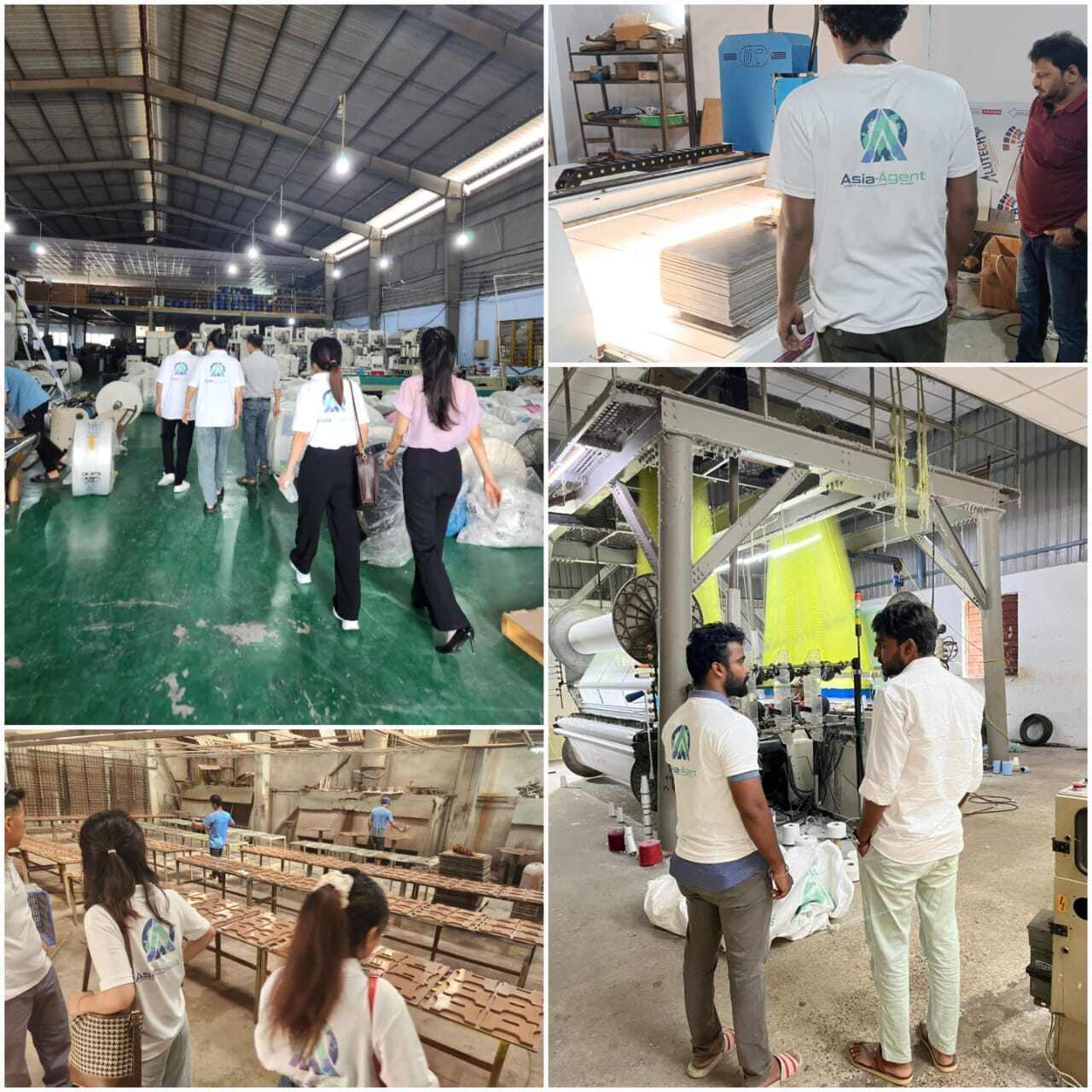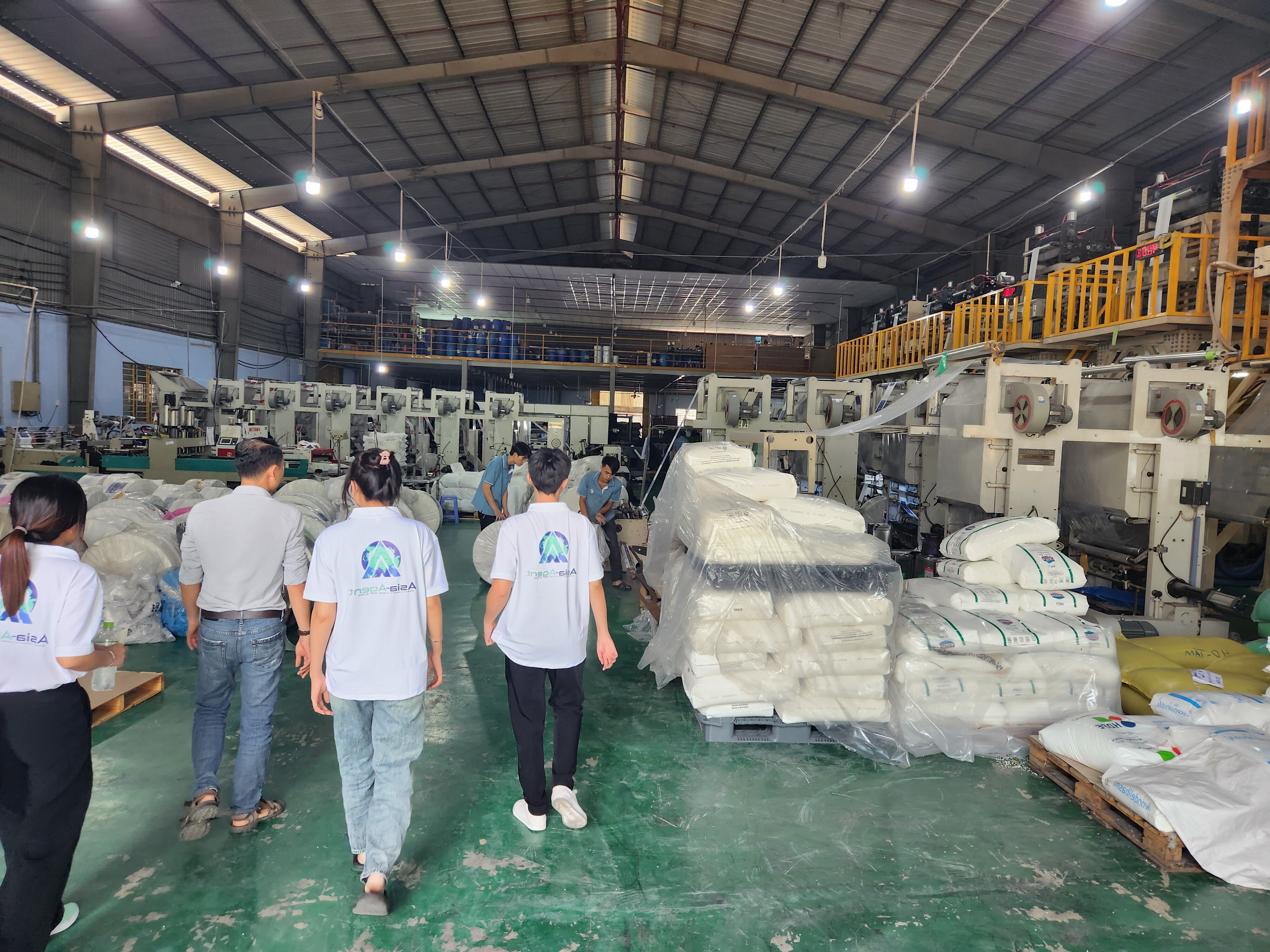China’s Military Parade: A Warning Signal for Global Supply Chains
Last week in Beijing, China staged one of its most powerful military parades in recent history. Flanked by leaders like Vladimir Putin and Kim Jong Un, the parade wasn’t just a show of missiles and marching soldiers. It was a message.
The message: China is anchoring a bloc of anti-Western powers, and the U.S. is the target audience.
For businesses that manufacture in Asia, this spectacle might feel far away from the factory floor. But it isn’t. Every geopolitical move like this eventually finds its way into supply chains — through tariffs, customs delays, or material shortages.
What the Parade Really Signaled
- China’s alliances are hardening. The presence of anti-American heads of state on the podium was a declaration of political alignment.
- Western leaders stayed away. The absence of the U.S., EU, and Japan underlined a widening divide.
- The backdrop is tariffs. With Trump’s administration pushing tariffs back to the center of trade policy, China is doubling down on a strategy of resistance, not concession.
Why This Matters to Buyers
At first glance, your Vietnamese furniture factory or Indonesian garment supplier isn’t touched by tanks rolling in Beijing. But here’s where risk creeps in:
- Material Dependencies: Many factories outside China still buy fabrics, chemicals, plastics, or metals through Chinese distributors. Any tightening of export rules or customs friction will ripple outward.
- Customs and Scrutiny: The U.S. already flags ~40% of Vietnam’s exports as potential Chinese trans-shipments. More political theater like this means sharper eyes on every container.
- Logistics Routes: Air freight, shipping lines, and raw material flows often cross Chinese hubs. If geopolitics tighten, your “Vietnam order” may still be indirectly exposed.
Asia Agent’s View: Reading the Signals
Factories don’t think this way. To them, it’s business as usual: buy material from the local distributor, add cost, add margin, and follow the recipe.
But as your representative, we watch the bigger picture:
- Which suppliers are too dependent on Chinese inputs.
- Which logistics providers are prepared for customs tightening.
- Where a sudden policy shift could make your shipment more expensive — or stuck at port.
That’s why we build supply chain maps, compliance checks, and customs readiness into every project. It’s not just about price. It’s about resilience when politics turn hostile.
Q&A: China’s Parade & Supply Chain Risks
Q: What does China’s military parade mean for global trade?
A: It signals a stronger China-led bloc challenging U.S. influence. That shift often results in stricter trade policies, customs checks, and material flow risks.
Q: Should I worry about China–U.S. tensions if I produce in Vietnam?
A: Yes — because many Vietnam factories still rely on Chinese materials. Rising tensions can create hidden cost increases and customs delays.
Q: How do I know if my Vietnam order depends on Chinese materials?
A: By mapping the full Bill of Materials (BOM). Many factories buy through local middlemen, who in turn source from China. Without checking, you won’t know.
Q: How can I protect my supply chain from geopolitical risk?
A: Diversify material sources, sign local contracts, and enforce the Customs Rule — No Customs Readiness, No ETD.
Q: How does geopolitics affect manufacturing costs?
A: Political tension often leads to tariffs, compliance requirements, and customs delays — all of which increase landed costs.
Q: Can Vietnam replace China as a manufacturing hub?
A: Vietnam is growing fast, but many factories still depend on Chinese raw materials, so full independence isn’t immediate.
Q: Why do Vietnam factories still buy from China?
A: Habit, convenience, and lack of direct sourcing networks. Many buy through middlemen who source from China.
Q: What percentage of Vietnam’s materials come from China?
A: Depending on the sector, 40–60% of inputs (textiles, plastics, metals, electronics) still trace back to China.
Q: What happens if China restricts material exports?
A: Costs rise in Vietnam, Indonesia, and Bangladesh, since many factories rely on Chinese inputs. Buyers need alternative sources.
Q: Will the U.S. tighten inspections after the China parade?
A: It’s likely. Already, U.S. customs flags trans-shipments from Vietnam. Political signals like the parade make scrutiny even stricter.
Q: How can I tell if my Vietnam shipment is flagged as Chinese trans-shipment?
A: Check HS codes, material origin, and supplier export documentation. A supply chain map is the only way to be certain.
Q: Does manufacturing in Vietnam protect me from U.S.–China tariffs?
A: Partially. Tariffs don’t apply to finished goods from Vietnam, but if your materials come from China, hidden costs still apply.
Q: What’s the difference between tariffs and compliance costs?
A: Tariffs are government taxes on imports. Compliance costs are testing, certifications, and audits required to legally sell products.
Q: What is landed cost in manufacturing?
A: The full cost of a product delivered to your door — factory price, materials, tariffs, freight, insurance, and compliance.
Q: How do I diversify material sources away from China?
A: Use local agents to verify alternative suppliers in Vietnam, India, or Indonesia, and contract directly with raw material providers.
Q: Why don’t factories care about material sourcing strategy?
A: Most factories follow recipes, add distributor costs, and build in profit. They don’t optimize sourcing unless pushed by the client.
Q: Can AI help reduce geopolitical supply chain risk?
A: AI can model risks and track tariffs, but it can’t replace physical verification of factories, materials, and customs readiness.
Q: What is the Customs Rule in Asia Agent’s process?
A: No Customs Readiness, No ETD. We don’t confirm shipment dates until the supplier’s export account and logistics are verified.
Q: What should I ask my supplier before sending a deposit?
A: Factory address, business license, export license, material sourcing details, compliance readiness, and a signed local contract.
Conclusion
The parade in Beijing was political theater. But for manufacturers, it’s also a warning: the U.S.–China conflict is not cooling down — it’s escalating.
Your factory may be in Vietnam, Indonesia, or Bangladesh, but if the material or the logistics flow still trace back to China, you’re in the blast radius.
That’s why Asia Agent exists: to cut through the noise, check every layer of your supply chain, and make sure your business isn’t blindsided by politics.
👉 Want to know how exposed your orders really are? Book a call with us today. We’ll show you where your risks lie — and how to secure your supply chain.




